Railroad Crossing Collisions
Thousands of railroad collisions happen every year resulting in numerous injuries and deaths. Railroad collisions occur when a train crashes into another train or vehicle, hits a pedestrian, or derails. These collisions regularly cause severe injuries or death.
A common type of railroad collision is when a train crashes into a motor vehicle at a railroad crossing. Many people are familiar with grade crossings that have lights and gates. These devices warn the public that a train is approaching. They are very successful at preventing grade crossing collisions. But train wrecks still happen at this type of crossing way too often. This happens when the lights and gates fail to work properly. This is very dangerous because a grade crossing with lights and gates is not safe if those warning devices are not working.
The majority of grade crossing collisions happen at crossings that do not have lights and gates. These crossings only have signs like a crossbuck, yield, or stop sign. They only tell the public that a crossing exists. There is no information provided about whether or not a train is coming. If this type of crossing is too dangerous without warning devices that actually tell the public when a train is approaching, the railroad is negligent unless it installs lights and gates or other low-cost active warning devices. Unfortunately, many railroads refuse to accept this responsibility.
In addition to the warning devices being inadequate, train crashes with motor vehicles at crossings occur for many reasons. Some examples include:
The train horn is not used or is not loud enough to warn the motorist or pedestrian
The train is speeding, or the train crew does not try to slow down to avoid the crash
There are visual obstructions—like trees, parked trains, or buildings—so the motorist cannot see the train approaching
The road and crossings are not maintained sufficiently to allow for safe travel over the crossing
Another very common type of railroad collisions is when a train hits a pedestrian. These incidents occur for numerous reasons, including the train horn not being used, the train speeding or not slowing down, or the condition of the crossing surface trapping pedestrians and bicyclists. Also, train derailments happen less often, but the result can be catastrophic.
Litigating railroad collisions is a complicated task requiring knowledge of numerous laws and regulations and railroad practices. The attorneys at Boyd Kenter Thomas & Parrish have handled railroad collisions for many years all over the United States. Contact the attorneys at Boyd Kenter Thomas & Parrish for more information.
